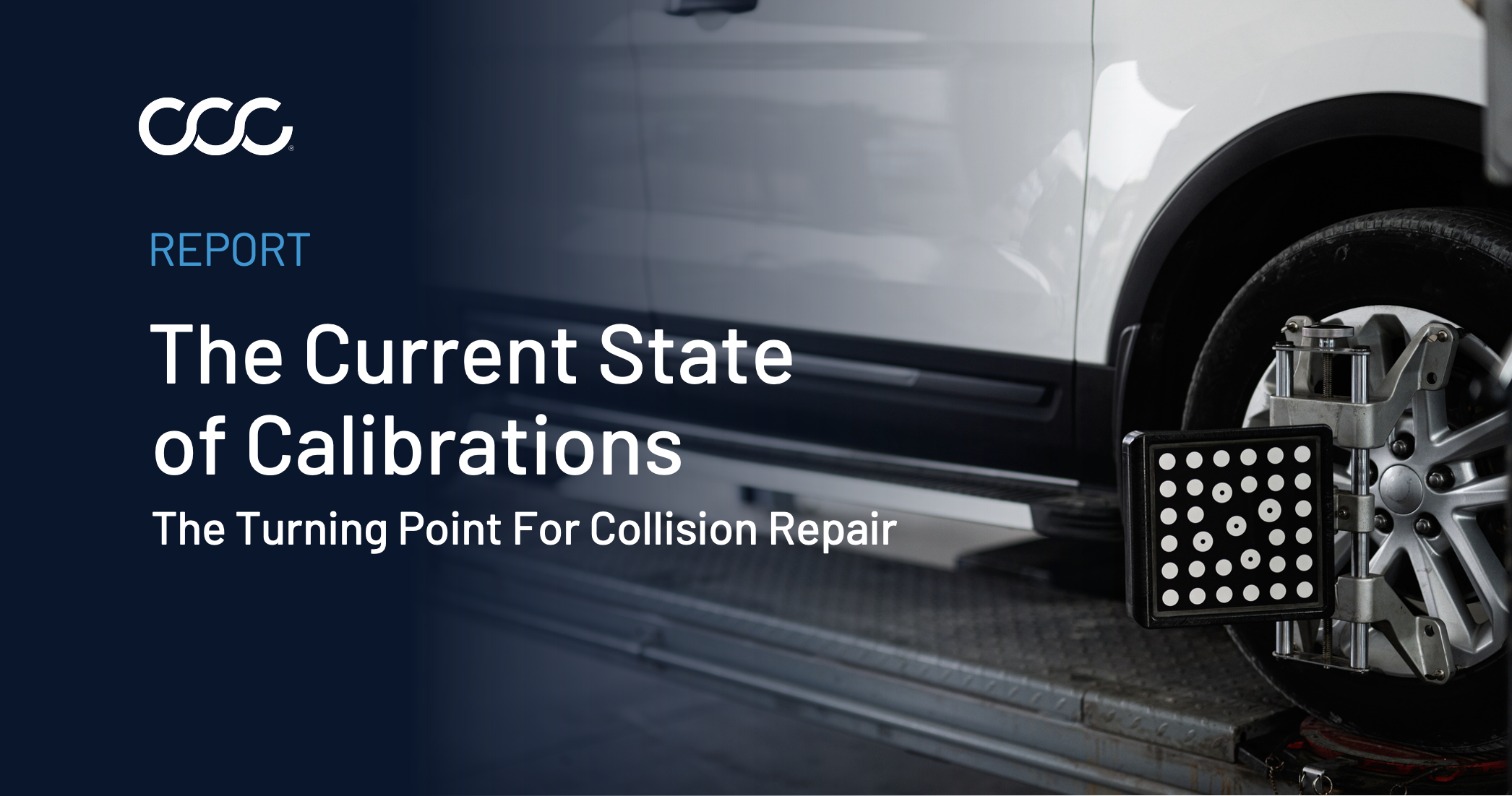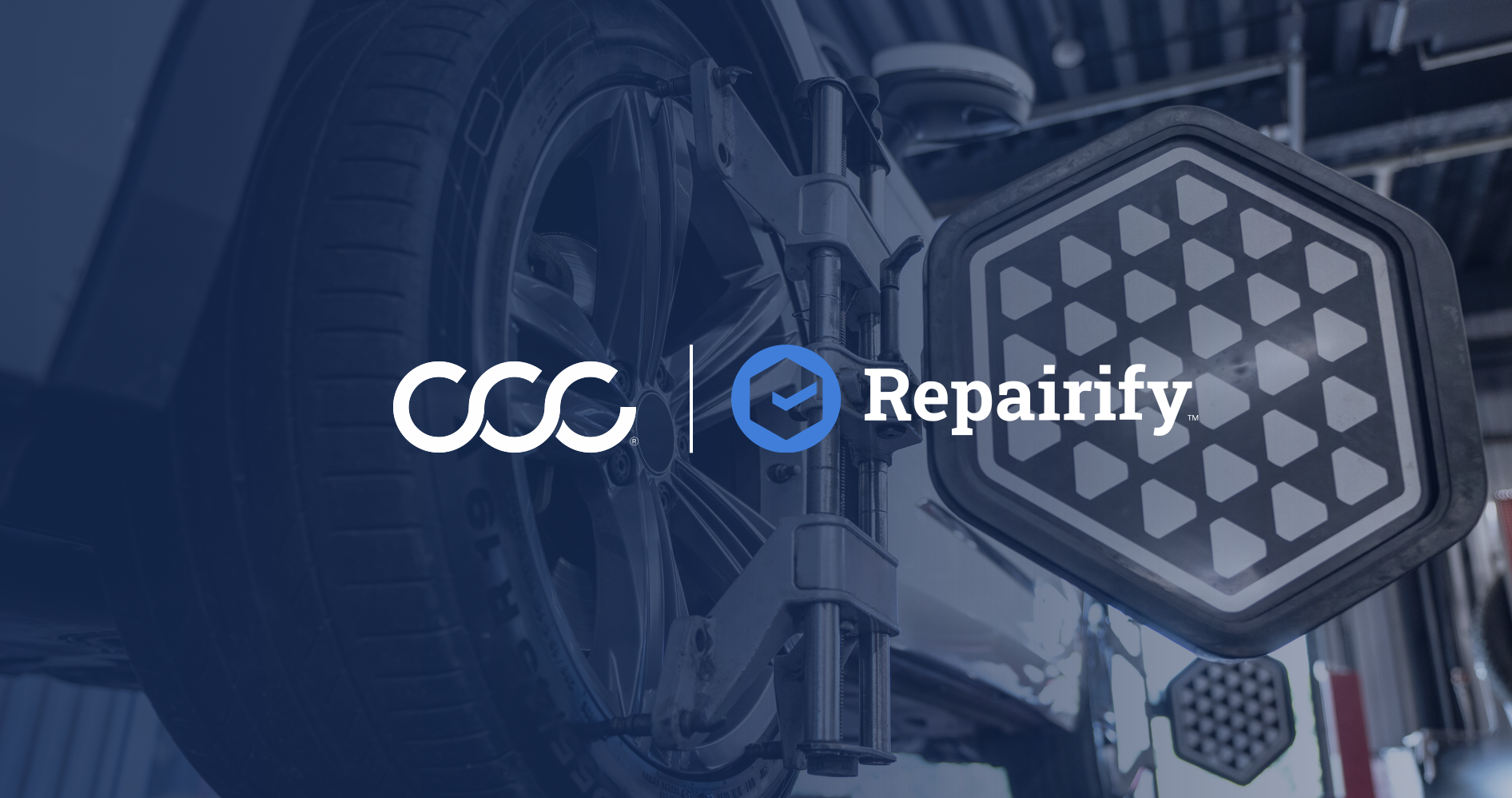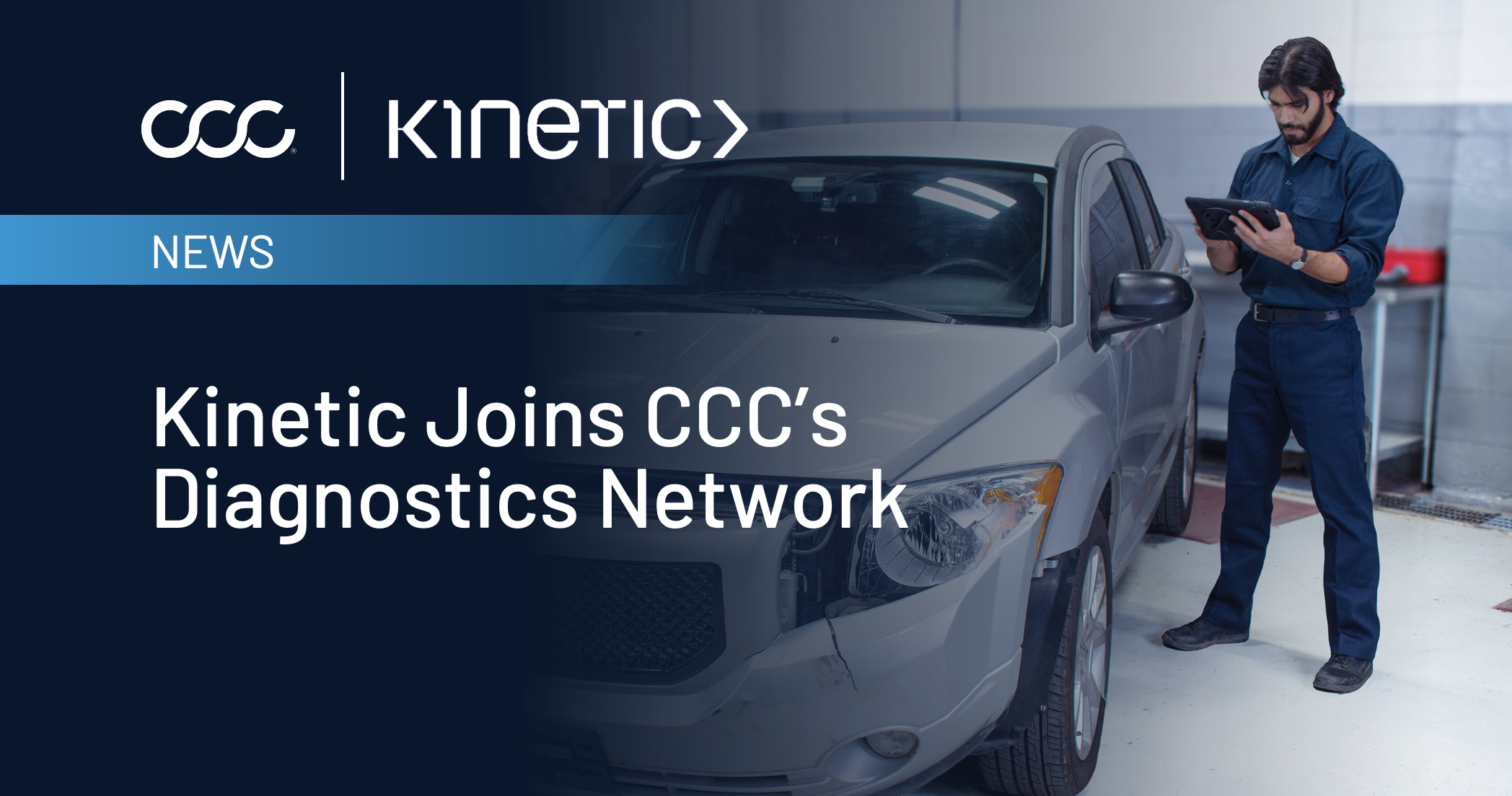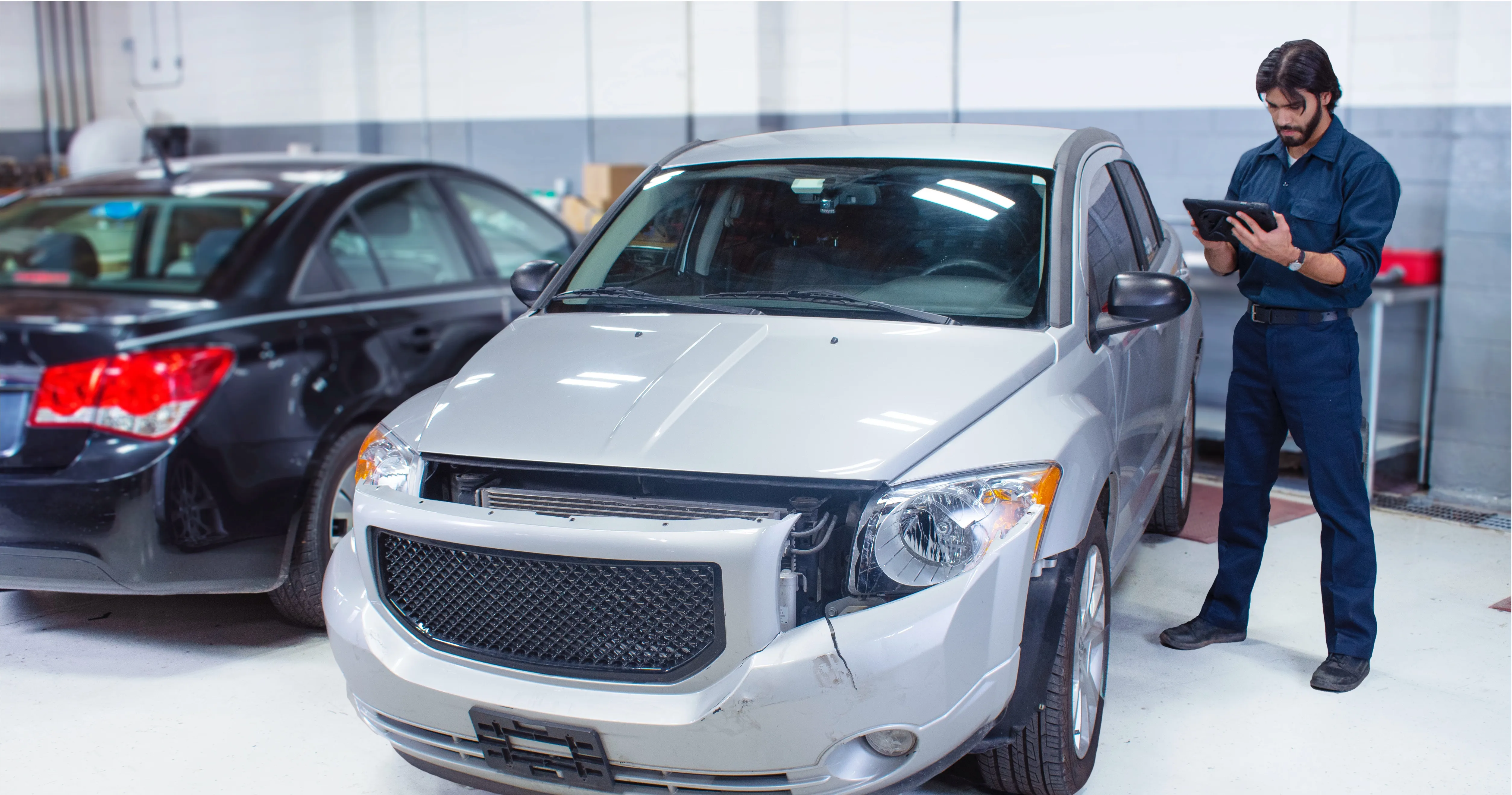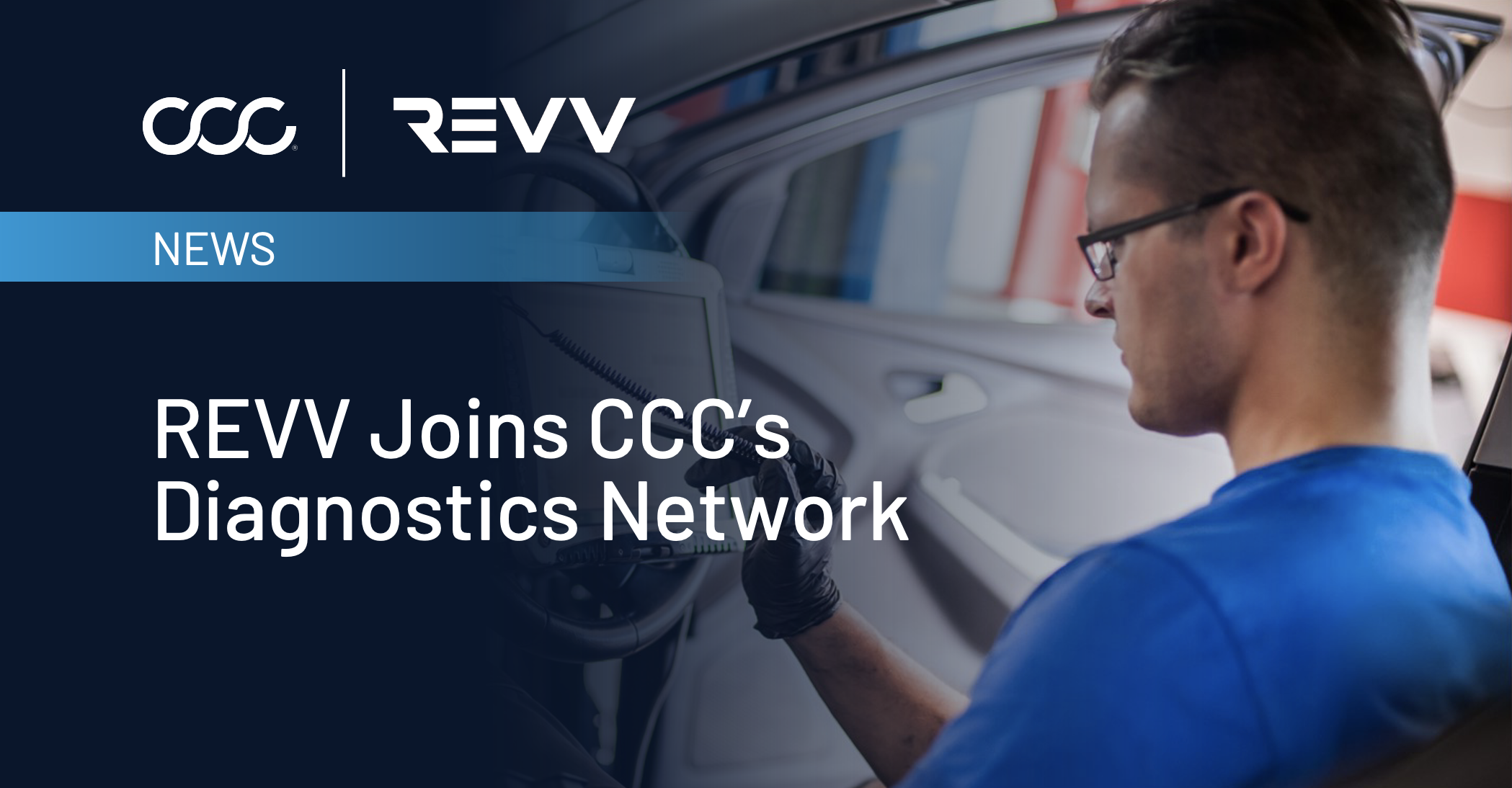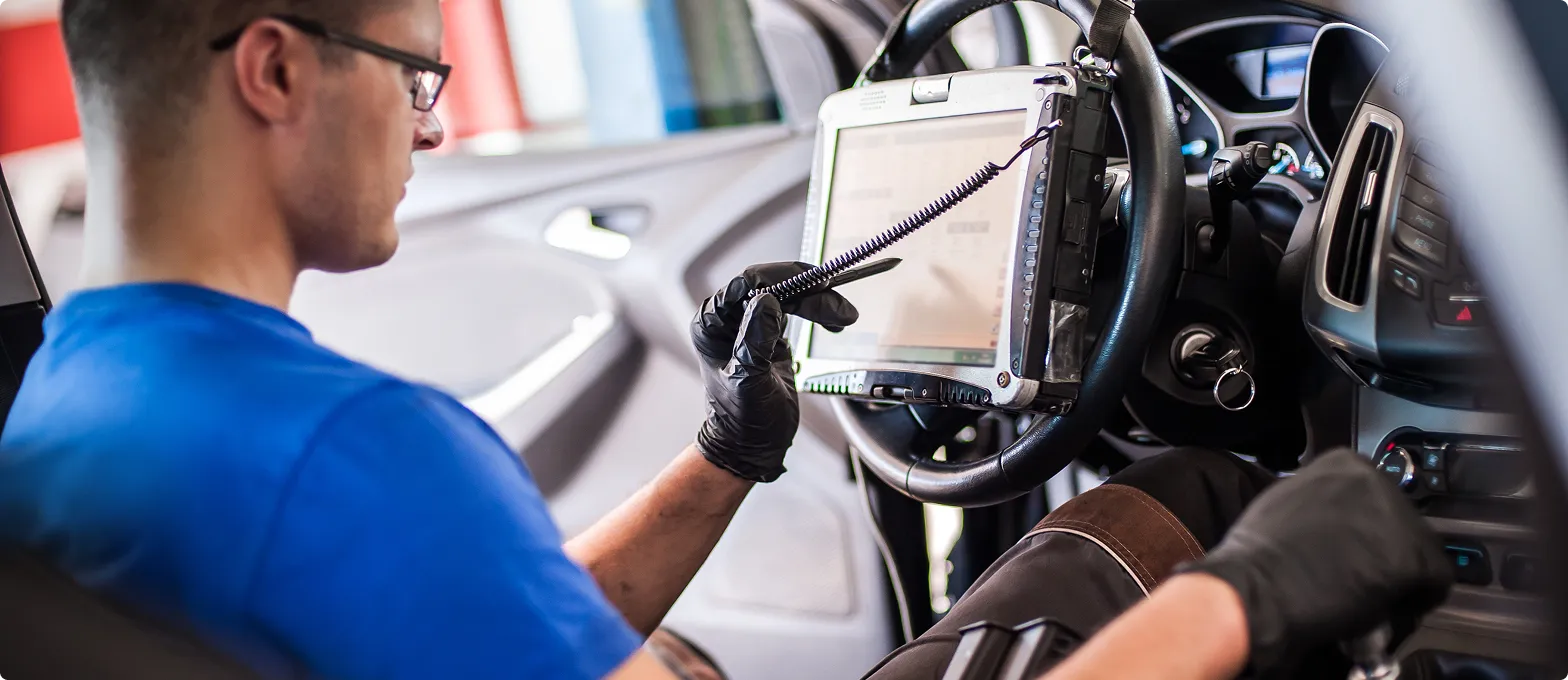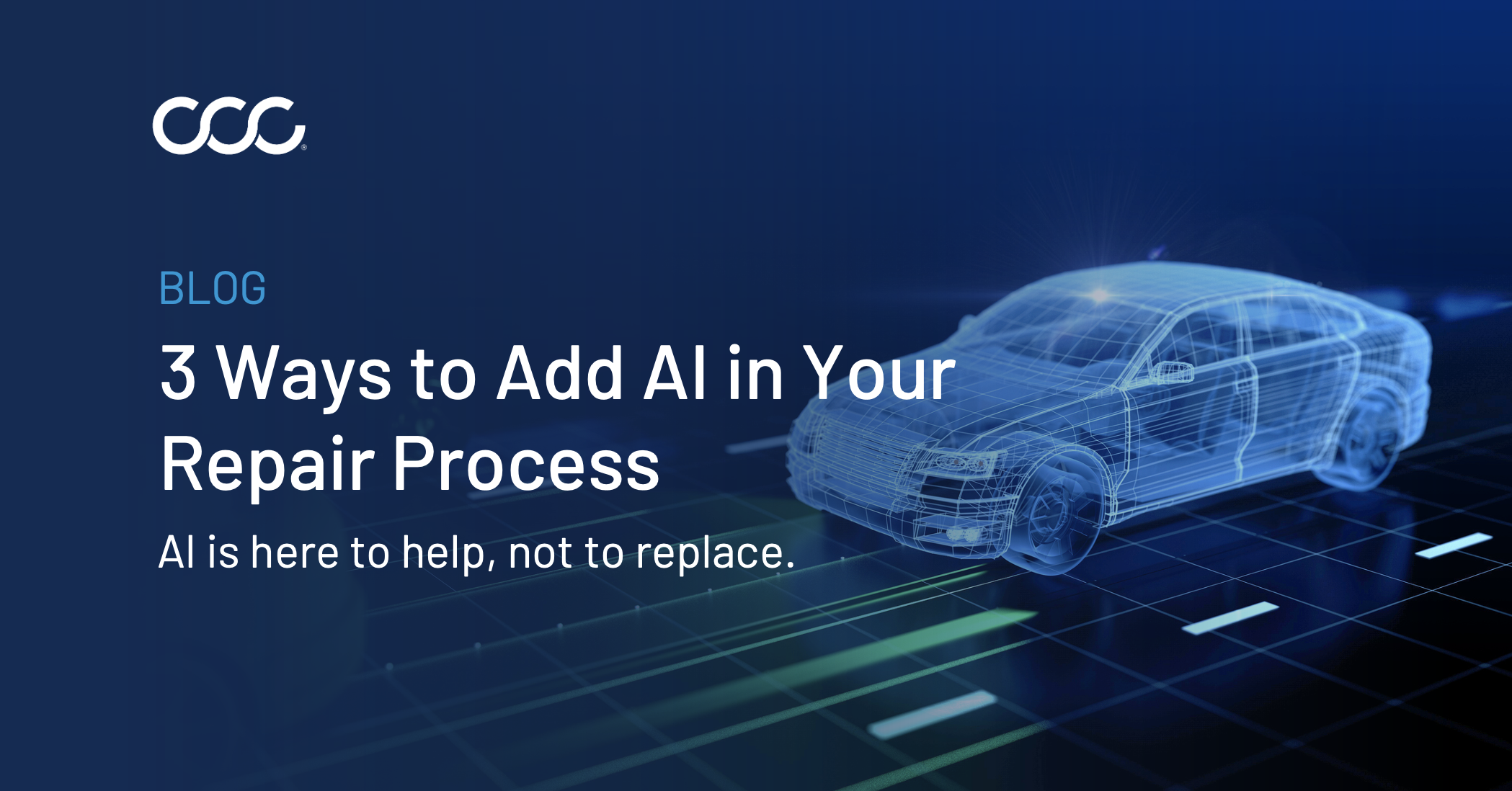CCC News & Insights

Thank you! Your submission has been received!
Oops! Something went wrong while submitting the form.


Blog
6 MIN READ
Run My Business: Unlocking Hidden Profits: The Real-Time Advantage in Collision Repair
December 8, 2025


Insights
4 MIN READ
United Against Auto Claims Fraud: Why Carriers Must Work Together
November 20, 2025
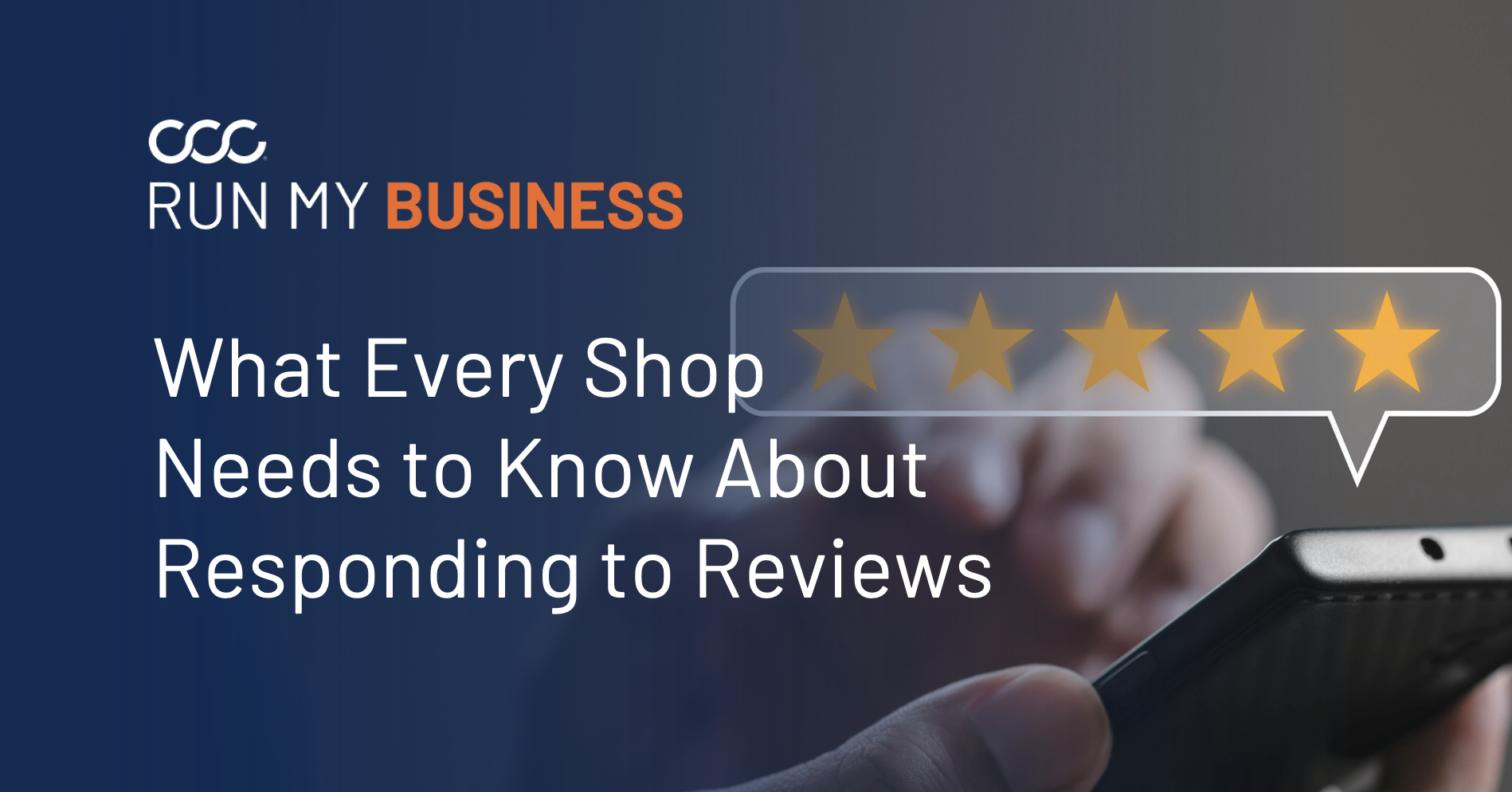

Blog
4 MIN READ
Run My Business: What Every Collision Shop Should Know About Review Responses
November 10, 2025


Crash Course
6 MIN READ
Where the Repair Dollar Goes Now: A Primer on Tariffs, Parts, Freight, and Consumer Behavior
November 10, 2025
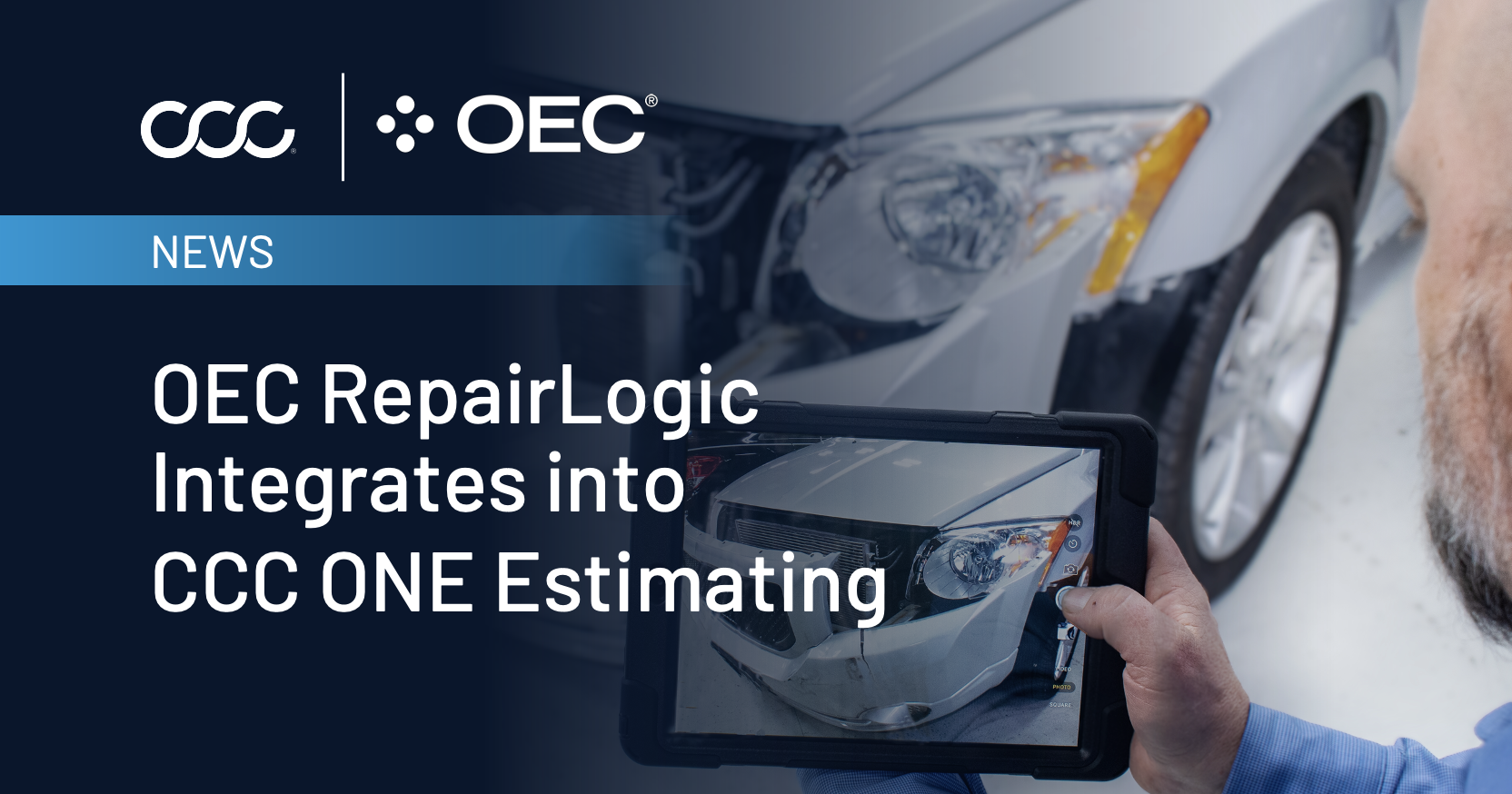

News
3 MIN READ
CCC Intelligent Solutions and OEC Announce Integration to Streamline Collision Repair Workflows
November 3, 2025
No results found
Try adjusting or clearing your filters.

